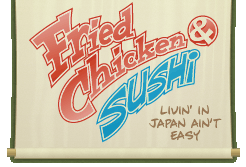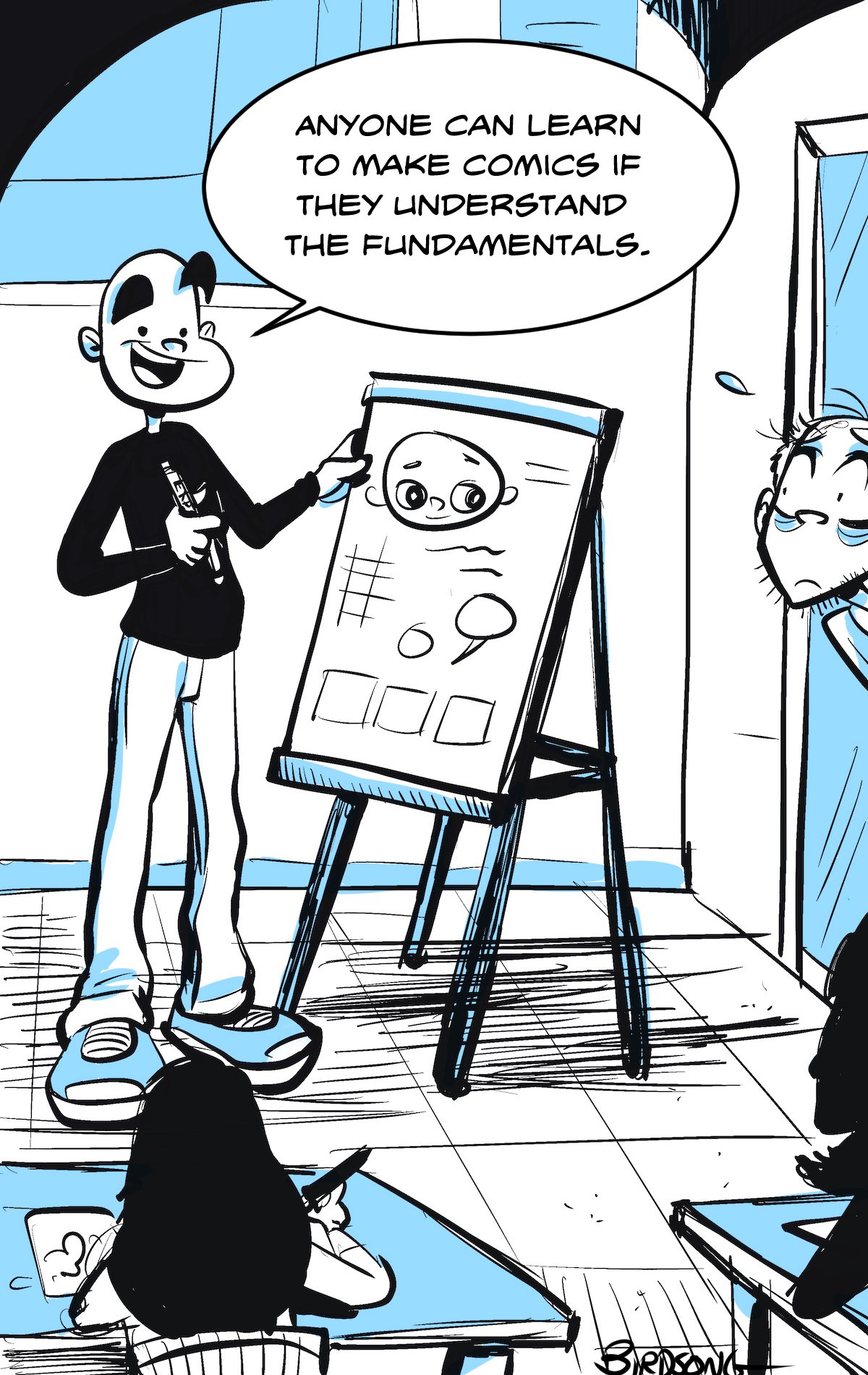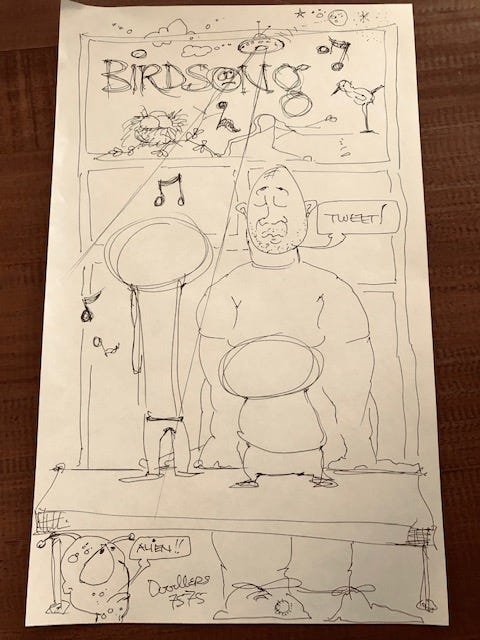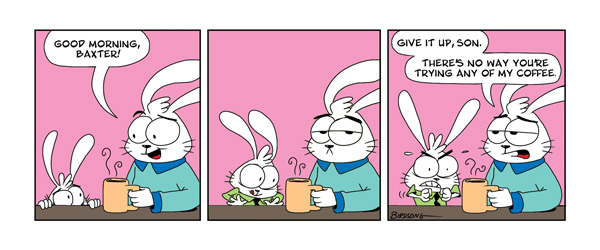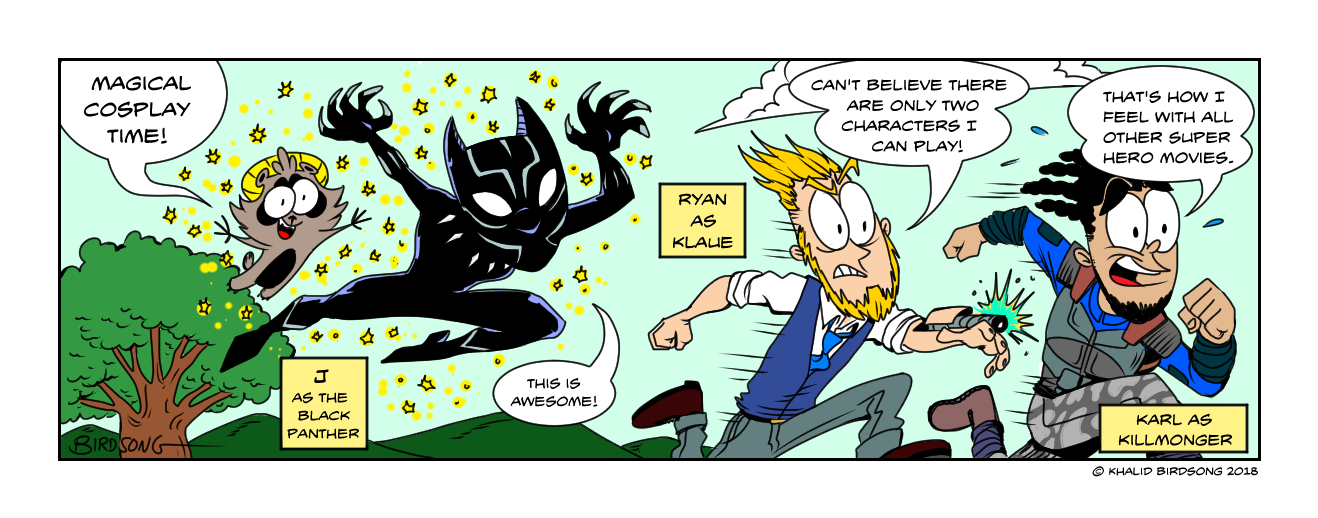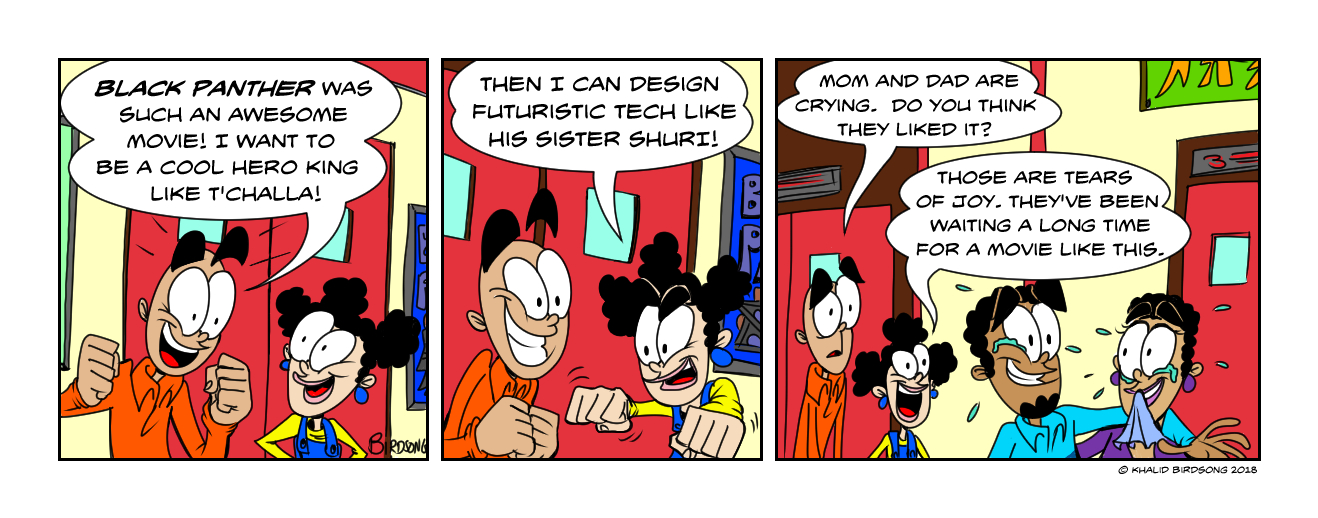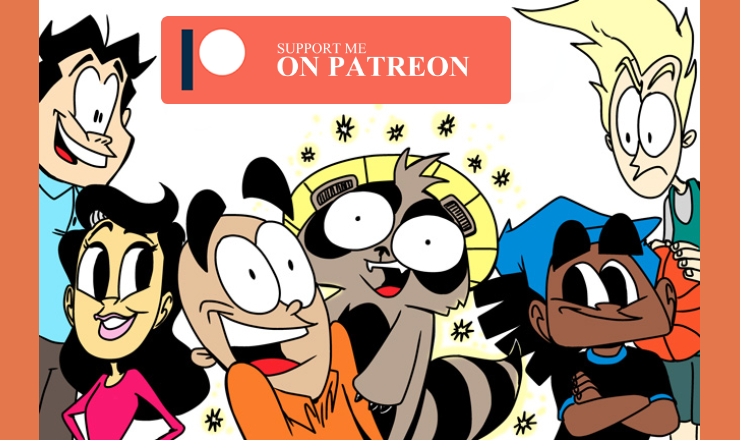The Cartooning Workshop I'll Never Forget
/One excited old man crashes an already upside down class.
Cartooning workshops I teach are a lot of fun and ordinarily predictable.
They work how you’d expect. You advertise to a particular age group of kids, that age group shows up at the school or library, and we draw comics together. Everyone learns something new and leaves getting what they signed up for.
It didn’t go exactly this way at the one I taught last week.
I met an interesting man who showed me that sometimes classes might be the opposite of what you're accustomed to, so always be ready for anything.
When I say the class was opposite, I'm talking about Bizarro world opposite.
This particular one was advertised for teenagers—which worried me because I’ve never done one for that age group, and I was afraid they wouldn’t show up—they’re not who I would think would be interested in group cartooning lessons.
Cartooning classes are always packed when I hold them for elementary and middle school age. The younger kids love them! Teenage artists tend to hide away in their rooms or with their close friends.
I remember my mother signing me up for a comic book art class in high school, and I couldn’t wait to go. Classes about making comics were impossible to find back then, so I was definitely going. Of course, I was the only teenager there; all the others were elementary school students, but I had a blast.
Unfortunately, my suspicions about how many teens would show up for my class this time were correct.
I was surprised because I can never get any students I usually teach art to at my school to attend these library events. The first person to walk in was one of my sixth graders, let’s call her Amy, who lives in the area and saw that her art teacher was holding a cartooning class at her local library and was excited to join.
Very cool, I thought. I don’t usually get students I know, so this might be fun and more relaxing than my regular workshops.
I’m always put in a classroom with a whiteboard to draw for the students, but this colossal presentation-style room didn’t have one. Luckily, the kind librarian who invited me found a large paper pad and an easel.
We were off and running!
The only problem, no one else was coming in, and it was time to start. Would we only have one student? A student I already teach?
“Let’s give another few minutes for people to arrive, and I’ll make an announcement on the intercom for the whole library.” said “Judy,” our librarian.
It worked. Gradually people started showing up.
A lovely family with a middle school-aged daughter and an elementary-aged son walked in with their dad, excited to sit down and draw.
Not teenagers, though.
A mom and her six-year-old son came skipping in, ready to draw.
Still no teenagers.
Right before I started the class, a woman stopped at the door with her one-year-old daughter looking in like she was eager to join.
Um, was this for her or her child?
Judy, the librarian, ushered them in and gave them paper and pencils. Maybe Mom likes to draw? Her toddler daughter sat quietly with a pencil in her fist, scribbling along with everything. I guess this is fine.
Not one high school teenager in sight.
I introduce myself and share my Fried Chicken and Sushi book collections and Youngbloods graphic novel. Just as we start getting into how to draw interesting cartoon faces, an older man, maybe in his late sixties, is standing at the door staring inside at us with wide eyes.
He was eager to join the drawing fun and immediately lit up, shouting, “Is this class open to the public?! Is this for anyone?! Can I join?!”
I reluctantly said yes. He wasn’t a teenager, after all. But that didn’t seem to matter today.
Librarian Judy didn’t tell him no; maybe she recognized him as a regular.
The man excitedly shouted, “I normally just come to the library to make copies! I didn’t know they had drawing classes.”
He strutted in, grabbed a paper and a pencil, and immediately sat beside my sixth-grade student, Amy. Plenty of other tables were open, so she was mortified he chose to sit right next to her.
“What’s your name?” He enthusiastically asked me.
“Khalid. Nice to meet you.” I responded.
“Cali? Did you say, Cali, like short for California?!”
“Actually, it’s Khalid. Khalid Birdsong.” I clarified.
My last name caught his attention, “Birdsong! Like a singing bird?! Tweet tweet!”
I forced a laugh and went on teaching.
I wish he quietly listened and followed along with my cartooning lesson, but dealing with his behavior felt similar to teaching six-year-olds. He continually shouted out responses to my drawings and tips throughout the class.
It was difficult to get mad because he was charming and flattering to my artwork, albeit loudly.
“Wow! You’re pretty good at drawing, Birdsong!” he shouted a couple of times.
“Hey, you’re cheating and making this look easy!!”
You know those times when you realize you’ll have to practice patience, and the phrase "grin and bear it" is all you can do? I was deep in the bearing it stage.
When I taught them how to draw characters, he continued to talk and shout his amazement at my drawing skills. Flattering, yes, annoying, most definitely.
The librarian tried to shut him up. Politely.
It didn’t work.
I smelled no liquor, but he still could have been a little drunk. Maybe he was genuinely ecstatic to draw again in a real class environment. We’ll never know.
By the end of the hour, he was eager to come up and look at my books and original art. I appreciated his interest and kind words, but it made giving time to the other students difficult.
He gave me his drawing, and it was pretty good. Perhaps he enjoyed drawing at one point in his life and gave it up or lost interest at some point.
The mystery man’s actual drawing from class that day.
I know I’m tall, but I didn’t think I looked as big as he made me in the drawing. I look super huge!
He didn’t put his name on it, so I told him an artist has to sign their work before giving it to someone. It looks like his goal was to stay anonymous because he only signed it as Doodlers 7575. Maybe he somehow knew he’d make an impression on me, and I’d share this story.
When he was ready to leave, he walked towards the door and shouted an enthusiastic farewell.
"Hey, Birdsong. Keep TWEETING!"
I smiled and gave him a nod. My cartooning workshop for teenagers without any teenagers turned out alright.
Definitely, one to remember.
Even though I was having fun sharing about this unique class experience, I wanted to make sure to thank all the librarians and schools who’ve invited me to teach cartooning to their students and communities.
It’s one of my favorite things I get to do, and I’m blessed to have people who believe in my work and the power of visual storytelling.
This article originally ran in my Substack email newsletter, A New Creative Life.
You can join us by CLICKING HERE.
